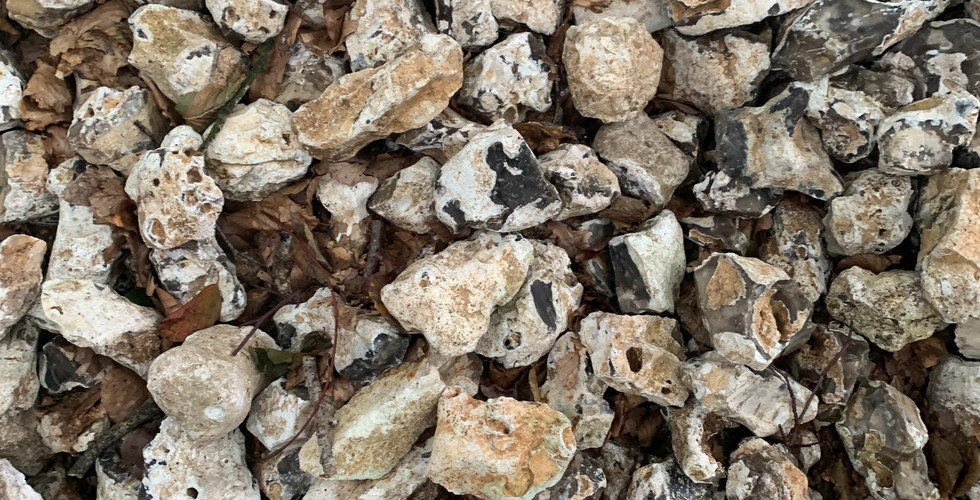A hike in Grovely Wood, Wiltshire, England is a fantastic day trip about two hours from London. There is something spectacularly enchanting about an English Forest. They are at once lush and inviting, yet dark and foreboding. Spiritual and physical. The forests have inspired a thousand tales; Narnia, Robin Hood at Sherwood Forest, Pooh's forest, Middle Earth from Lord of the Rings, the Forbidden Forest at Hogwarts, the Enchanted Wood, Into the Woods, and never forget what happened when Little Red Riding Hood dared to cross the wood to grandma's house.

Grovely Wood is one of the largest woodlands in Wiltshire, England. This ancient woodland, not far from Salisbury near Wilton, is recognised for its nature conservatory and is the habitat of the Purple Emperor butterfly. On a sunny day, the lonesome forest floor dapples with light beaming through conifer, beech, and yew trees. The wood is about 4 miles from Salisbury and is an Iron Age archaeological gold mine. A Roman road runs east to west through the woodland and has been a thoroughfare for over 7000 years.

From the Roman road, you can join the Monarchs Way. The Monarch's Way is a 625-mile footpath used in 1651 by King Charles II as an escape route after his defeat by Oliver Cromwell in the Battle of Worcester.
The trail runs from Worcester, via Bristol and Yeovil, to Shoreham, West Sussex.
This area of Wiltshire crackles with mystery and mysticism. Salisbury Cathedral has Britain's highest church spire, the world's oldest working clock and the best preserved of the original copies of the Magna Carta. But it is perhaps the pre-Christian artefacts found in the area are far more interesting. Ancient calendar, or healing stone rock formation, Stonehenge, is a 'stone's throw' away from Grovely Wood and 13 of England's White Horses, carved into chalky hillsides, are close by.
The area is chock-full of quaint villages and Medieval towns with rich, intriguing histories and more haunted houses than villagers can visit on a single Old Hallows Eve. Inside the wood, local folklore tells tall tales of the Handsel sisters and of the Burcombe Woodsman.

The four Handsel sisters arrived in nearby Wilton from Denmark in 1737, along with a boatload of smallpox that killed 132 people. Naturally, the locals blamed the foreigners for the outbreak, charged them with witchcraft and consorting with the devil, then drove them into Grovely Wood and bludgeoned them to death. The villagers buried the sisters on the spot, marking the graves with beech trees to remind residents of what happens in Wiltshire after one cohorts with the devil.
Three of the trees still stand, with the fourth fallen a few years back. Some visitors to the wood, heeding the lessons taught in 1737, make small offerings to curry favour with the Handsel sisters, who still regularly haunt the woods.
According to local folklore, the Burcombe Woodsman was a notorious poacher, hung from a tree in Grovely Wood for his hideous crimes. Either that, or, he was a watercolour artist, accidentally shot by deer hunters. The people of Wiltshire are often referred to as 'Moonrakers'. This 18th Century term references townsfolk who ran complicated contraband operations by portraying themselves as simple country yokels to take advantage of more sophisticated townies. With this history in mind, the Burcombe Woodsman must have fallen into the poacher category. He also haunts Grovely Wood. So, when you are traipsing through Grovely Wood and hear a twig snap, it is most likely the Burcombe Woodsman out for some human poaching. Either that or this ghost wants to paint your picture.
Witches seem to always get a pretty bad rap. Wicca Paganism is a modern-day interpretation of pre-Christian traditions that celebrate the intuitive connection to the Earth and the phases of the moon. When wanting to connect to this spiritual side, people will frequently leave offerings of food or herbs on altars or in sacred places. They will also leave trinkets of personal importance, or ritualistic symbols.
The Handsel sisters were more likely victims of a hysterical population than super-powerful black magic witches, capable of creating a plague of smallpox. But it is still nice to honour their story, it might improve the juju.
Please subscribe to our newsletter and please share this post. Thank you!
#Wiltshire #England #GrovelyWood #HandselSisters #SalisburyCathedral #WhiteHorsesofEngland #Stonehenge #WitchesandWicca #GhostStories #UK #UKTourism #MonarchsWay #ForestWalks #Hiking #VisitUk #Witches































Comments